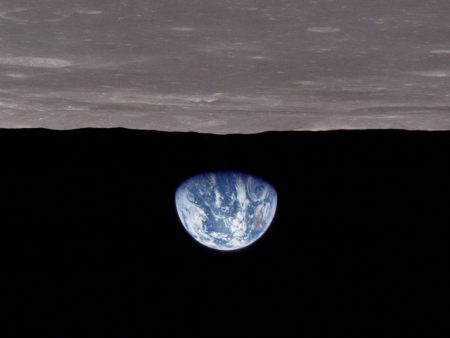March 1, 2017 – Elon Musk enjoys giving NASA a kick every once in awhile. He’s managed to do it with the development of a reusable first stage for his Falcon 9 rockets. He has announced an aggressive schedule to begin launching previously used first stages in a number of upcoming missions, in addition to new launches at a rate of one every two weeks.
The ability to fly again is a far cry from NASA’s current model with its upcoming Space Launch System (SLS) which may finally fly within the next two years. SLS is a monster rocket that is largely a throwaway, costing billions of dollars. SpaceX launches, on the other hand, cost under $60 million per flight, averaging a cost of $5,500 per kilogram of payload ($2,500 per pound). This is expected to go down to less than $1,000 per kilogram (approximately $450 per pound) once reusable first stages are commonly deployed in launches. Compared to other space launch providers, national and commercial, SpaceX is driving costs down by at least 50% in the short-term.
But now SpaceX has decided to take its next rocket with reusable first stages, and send a crewed flight of two space tourists to the Moon before the end of 2018. The timing of 2018 is interesting and probably not a coincidence. If you remember, 1968 marked the first crewed mission to fly to the Moon on Apollo 8.
In making the announcement, Elon Musk paid tribute to NASA thanking them for making it possible for the company to attempt to achieve what was, at the time, the greatest NASA milestone, only to be surpassed in the following summer with the first Moon landing.
How will SpaceX accomplish this mission?
The Falcon Heavy, an enhanced version of Falcon 9 with two additional first stage rockets strapped to the original. Falcon Heavy will launch sometime in 2017, likely before the end of the summer. With twice the thrust of existing commercial and national rocket launchers, Falcon Heavy will be the launch heavyweight until SLS is ready to go.
SpaceX has developed a crew capsule to ride on top of the Falcon 9 and the Heavy, that will eventually carry NASA astronauts to the International Space Station (ISS). The crewed version of the capsule, called Dragon 2, will replace the current one used to resupply ISS. From 2018 onward, Dragon 2 launches will deliver humans to low-Earth orbit.
From 2018 onward, Dragon 2 launches will deliver humans to low-Earth orbit, and now, with the planned trip to the Moon, will return us to Deep Space, abandoned as a destination for human crews after the end of Apollo.
If the flight is planned to reach the Moon on Christmas Eve we may have a repeat of one of the most famous readings from the Bible ever broadcast. The three crew members, William Anders, Jim Lovell and Frank Borman, ended their broadcast with a reading that began with “In the beginning” and ended with “God bless all of you…on the good Earth.” As they read live pictures of the Moon passing beneath them were broadcast to hundreds of millions watching.
The SpaceX announcement doesn’t draw attention to the timing coincidence. But I am sure Elon Musk, who understands the symbolic importance, will have thought deeply about this.

A final thought. Can SpaceX achieve this milestone within the 2018 timeframe? The company’s history to-date would suggest the timing is very tight between the first tests of the Falcon Heavy and the Dragon 2 capsule. Anything could go wrong with both components. One would want to have a number of flights under SpaceX’s belt before putting two people in a rocket to the Moon. So standby to see if the real Tony Stark, Elon Musk, can make this latest dream, a reality.















